Ski: 24-25 Icelantic Nomad 94, 182
Reviewer height/Weight: 5’9 / 160 lbs
Dimensions: 129-94-121
Weight per pair: 3428g (provided by manufacturer)
Mounted at: -1.5 from center
Bindings: STH2 16
Days Ridden: 7
Terrain Skied: Slushy park, spring soft-pack, shallow powder
_
This ski’s predecessor, the Nomad 95, had a traditional (read: far back from center) mounting point that may have worked against their performance in the park. The updated Nomad 94s have addressed this, with a more symmetrical shape moving the sidecut center closer to true center. Icelantic writes that the mounting point on the 94 is -6.5 and the progressive mounting point is -4, while the 95 had a -9 mounting point. In addition, the 94s have added 2mm of camber and carbon stringers to increase energy and pop, and a new tip and tail construction that reduces swing weight. With their new construction, these skis are approximately 200g lighter than the previous year’s (already quite light) model in the same length. Considering that the Nomad 95 was already a popular and well-regarded park ski, I’m very excited to try out their improved, and slightly more park-oriented version.

Hand flexing the Nomads, they have a medium flex throughout the ski. It softens slightly at the nose, while the tails feel stout. Deep rocker lines in the nose and tails allow you to really bend the tips, but they don’t feel overly soft. I think that this will make them pretty stable on landings despite not being particularly stiff throughout the ski.
I have come to like softer, rockered skis over the last few years. I’m primarily a rail skier, and when I do hit jumps, it’s rare that they’re over 30 or 40 feet, so I don’t need much stiffness in a ski, and I appreciate the feel of a softer ski and the new opportunities for tricks that they can open, so I think that I will enjoy riding these.
These skis are very, very light, considerably lighter than anything I’ve skied before. Picking them up by hand, they honestly feel insubstantial. I’m used to using wider and heavier skis in the park, so I’m interested in finding out how a low swing weight ski performs. Despite being so light, their sidewalls and edges are thick and the skis give off an impression of high quality so I have faith that they will be durable. Clearly, so do Icelantic, as these skis come with a 3-year warranty.
_
On-snow:
Jumps:
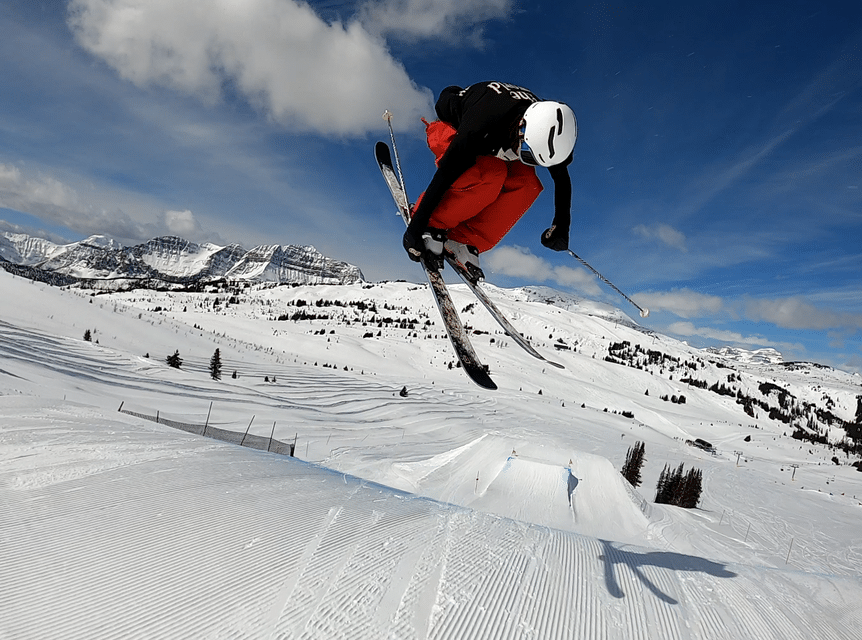
I really enjoyed the feel of these skis on jumps. Despite their substantial rocker and short effective edge, these held up great on every feature at Sunshine, and their swingweight is so low as to feel almost nonexistent. The medium flex on these skis gave them a predictable and smooth feeling on landings, reminiscent of the Armada Edollo, which is what I look for in a jump ski. I could feel them flex a bit when landing, but at no point did I overwhelm them and go over my tails on a deep switch landing or wheelie out landing forward. I did size up, riding a 182 instead of my usual 175ish park ski, and I think that helped as well. Given their substantial rocker and their flex profile, I expect that these skis might feel unstable on very large jumps, but they were more than stable enough for the 30-40 foot jumps I was hitting.
The only problem that I encountered with these skis on jumps was edge hold on hard landings. I never fully lost control and slammed because of it, but I did have some squirrely landings in the mornings when the snow was still hard. Hardly a surprise given the amount of rocker and short effective edge that these skis have, but something to keep in mind for people that live in places that frequently have icy conditions. For people in the PNW or in the Rockies like I am, this problem won’t come into play too often.
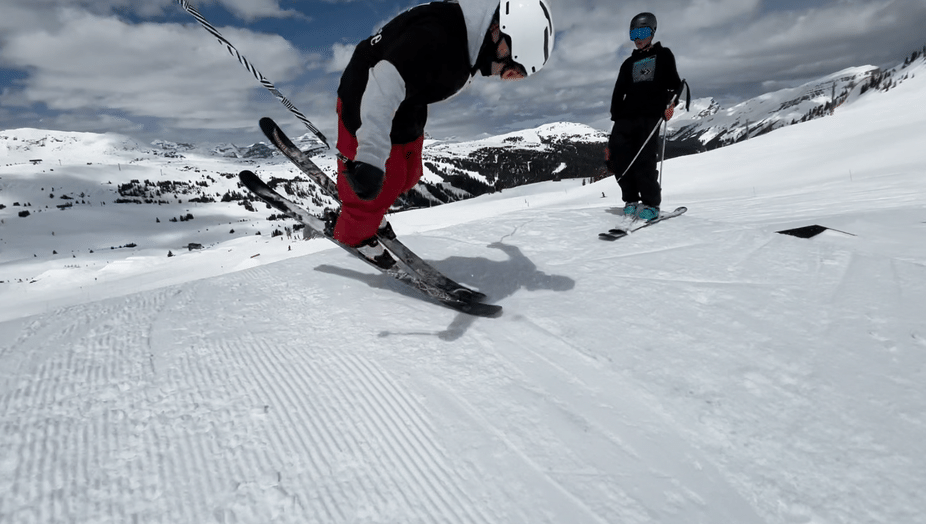
Buttering these skis took me a bit to get used to coming from Bacon 108s and my nearly-dead Edollos, which are so soft at this point that I can fold them in half, but once I adjusted to them, I started to like how they felt a lot. These skis are not super soft, so they do require a bit of speed and force to get into a butter, but not too much. Their dramatic rocker allows you to get up on to the noses easily, even if you aren’t putting a deep bend into the skis, but the medium flex in the tips means that they will still feel supportive if you do. They pop out of butters with a nice snappy rebound. Good butters felt very rewarding and controlled on these, unlike very soft skis like the Bacon 108 which can feel a bit sloppy if you lean into them too hard. I learned butter 7s on these, which is not a trick I ever thought I would land.
_
Rails:
Looking at the Nomad’s specs on paper and feeling them in hand, I was expecting them to be a great ski on rails. Fortunately, they more than lived up to my expectations.
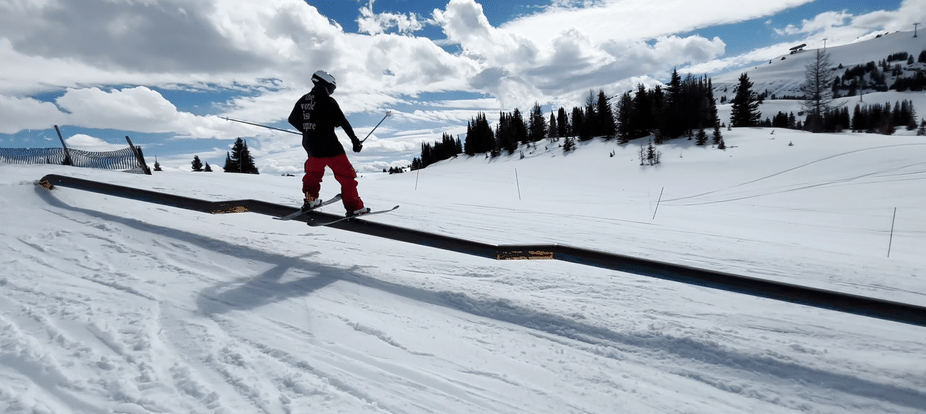
Their swingweight is incredibly low, so switch ups and spins into rails take very little effort. Their rocker also allowed for easy surface swaps if that’s your thing. Even though I sized up, they still felt very quick on rails. I surprised myself by landing a few blind 3 swaps, and switch up combos were super easy. I think that these skis would be a great choice for people who want to do technical rail tricks, as these are the easiest to spin skis I’ve tried yet.
I wish there was more I could say about the Nomad’s performance on rails, but honestly, rail performance is pretty simple. These felt great, and I wouldn’t hesitate to recommend them to any rail skier.
_
All Mountain /Powder:
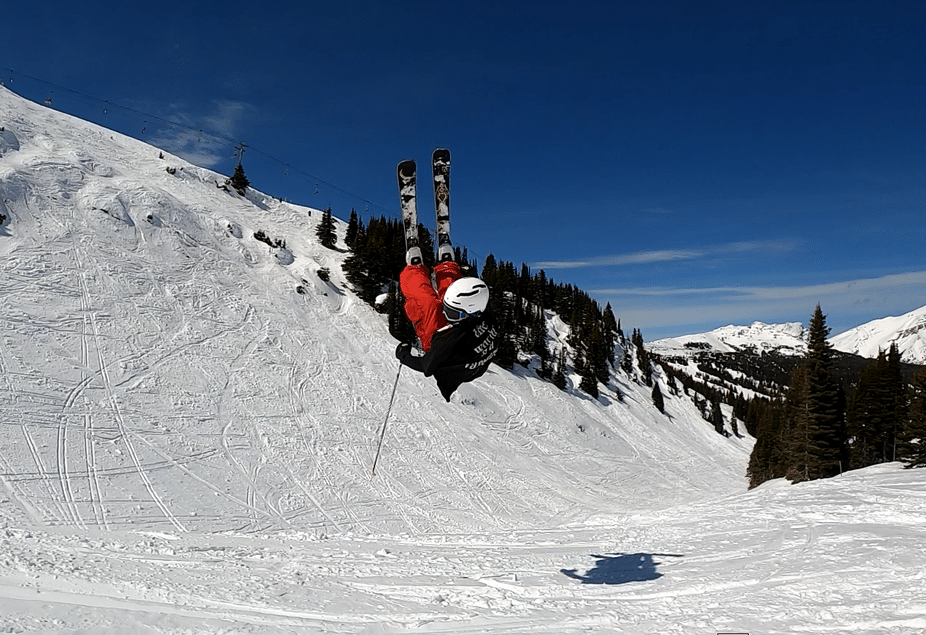
I didn’t get into too much all-mountain skiing on these, as the slushy late season park at Sunshine was too tempting to stay away from, but I did do a little bit each day.
The Nomads were a fun groomer ski, they felt quick and energetic on turns without being hooky, and didn’t get caught up in soft snow and slush thanks to their rocker profile. These are a very light and relatively soft ski, so I did find a speed limit on them, and they got deflected a bit in heavier chopped up snow as expected, but you aren’t buying these to charge down mogul fields like Candide.
There was a wee bit of powder left at Sunshine, and I took advantage of it by throwing 3s and flatspins off of any windlips and natural jumps I could find, and the Nomads did quite well there. They offered a decent amount of float even in the late season heavy powder, felt light and manageable in the air, and supportive on landings. I assume that the Nomad 106s would be much better for this kind of thing, but the Nomad 94s did admirably for a park ski, and I think that they would make a good all-mountain ski for people living in areas with less snowfall.
_
Durability:
I haven’t quite put these through the wringer yet, but I have had 7 opening to closing days on these in the Sunshine Park, and so far, no problem. Usually by now, I would have an edge crack or two, but the edges on these are mint, and the bases and sidewalls have taken no visible damage. I expect these to hold up well and will update the review after I’ve put more days on them.
The only complaint that I have is with the durability of the topsheet, which is a very minor concern. These skis lack the slight cap that most big brands have on their topsheets, and as such the topsheets get dinged up pretty easily, and my tips and tails are showing some wear. This isn’t something that really matters to me, but it might matter to some.
Comparisons:
Armada ARV 96:
The Nomad 94 is similar to the ARV 96 in many ways, both being mid-width park skis with a rocker-camber-rocker profile, but the feel when riding them is quite different. The ARV’s greater amount of camber and stiffer flex gives them a traditional park ski feel and demands a little more from the rider, while the Nomad is comparatively loose and easier to play around on. Both perform well on jumps, but I suspect that the Nomad would feel unstable on very large jumps due to their more heavily rockered tails and softer flex, while the ARVs can clearly hold up to anything. The last important factor is the Nomad’s lighter swing weight. This, in combination with their greater rocker and softer flex makes them a more fun ski compared to the ARVs in my opinion. Competition riders or jump specialists might prefer the ARV, but I think the Nomad would be more fun for the average rider.
Armada Edollo:
Edollos have been my primary park ski for a few years, and as much as I enjoy them, I found myself preferring the Nomads for one reason, their lower weight. Edollos are a famously versatile park ski, stable on large jumps thanks to their unrockered tails, and easy to butter with their soft, rockered, and very wide tips. However, they are not a light ski by any means, and they can be a chore when doing technical tricks on rails or when trying to push yourself on jumps. I found that the Nomads were similarly versatile in the park, and only somewhat harder to butter than the Edollo, but were far easier to spin, and simply less work to ski due to their lighter weight. Both are a great choice for park skiers with a more playful approach to skiing, but the slightly softer Edollo might appeal more to butter specialists.
_
Conclusion:
The Nomad 94s lived up to my expectations by being a very fun and reliable park ski. Solid on jumps, quick on rails, and flexible but snappy on butters, I wouldn’t hesitate to recommend these to almost any park skier, especially to those looking to do technical tricks on rails, and to those looking for a park / all-mountain ski in an area without frequent deep powder days. However, their light weight and playfulness means that skiers looking to push themselves on very large jumps, and those that like damp, crud busting all mountain skis should look elsewhere.
https://www.newschoolers.com/videos/watch/1098715/nomadreviewfixed-mp4

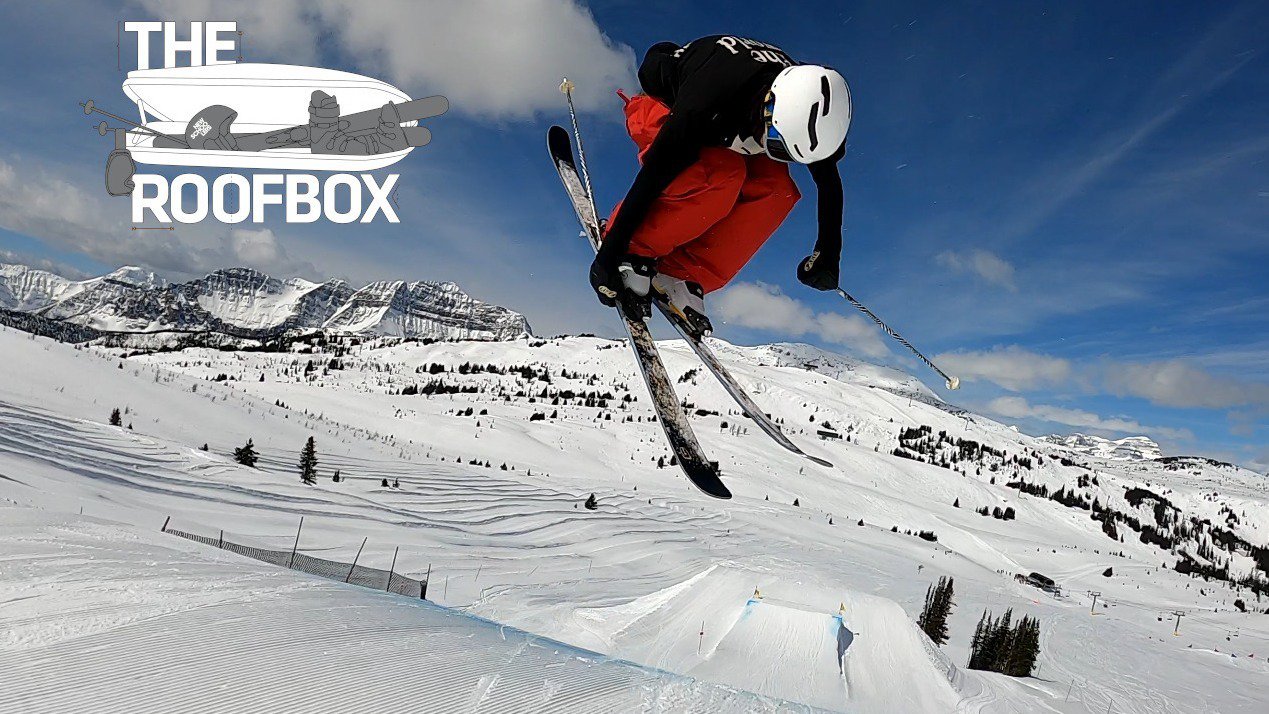
Comments